A nuclear medicine I-123 thyroid scan is used to determine the size, shape and position of the thyroid gland. The thyroid uptake is performed to evaluate the function of the gland.
Nuclear medicine determines the cause of the medical problem based on the function of the organ, tissue or bone. This test uses a small amount of radioactive material to emit photon energy. This energy is detected by a gamma camera which then captures and creates computerized images.
When would I get an I-123 Thyroid Scan?
A whole-body thyroid scan is typically performed on people who have or had thyroid cancer.
Your medical provider may recommend an I-123 thyroid scan to:
- determine if the gland is working properly
- help diagnose problems with the thyroid gland, such as an overactive thyroid gland, a condition called hyperthyroidism, cancer or other growths
- assess the nature of a nodule discovered in the gland
- detect areas of abnormality, such as lumps (nodules) or inflammation
- determine whether thyroid cancer has spread beyond the thyroid gland
- evaluate changes in the gland following medication use, surgery, radiotherapy or chemotherapy.
What Will I Experience?
This test is done in two parts on two separate days. On the first day, you will be asked to swallow a small amount of radioactive iodine (or tracer) in capsule form. There are typically no side effects from the capsule. The thyroid gland absorbs iodine and will absorb the radioactive tracer.
On day two, when it is time for the imaging to begin, the camera or scanner will take a series of images. The camera will be positioned close to your face and neck. While the camera is taking pictures, you will need to remain still for brief periods of time. In some cases, the camera may move very close to your body. This is necessary to obtain the best quality images. If you are claustrophobic, you should inform the technologist before your exam begins.
Typically, an I-123 thyroid scan takes approximately 45 minutes to complete.


